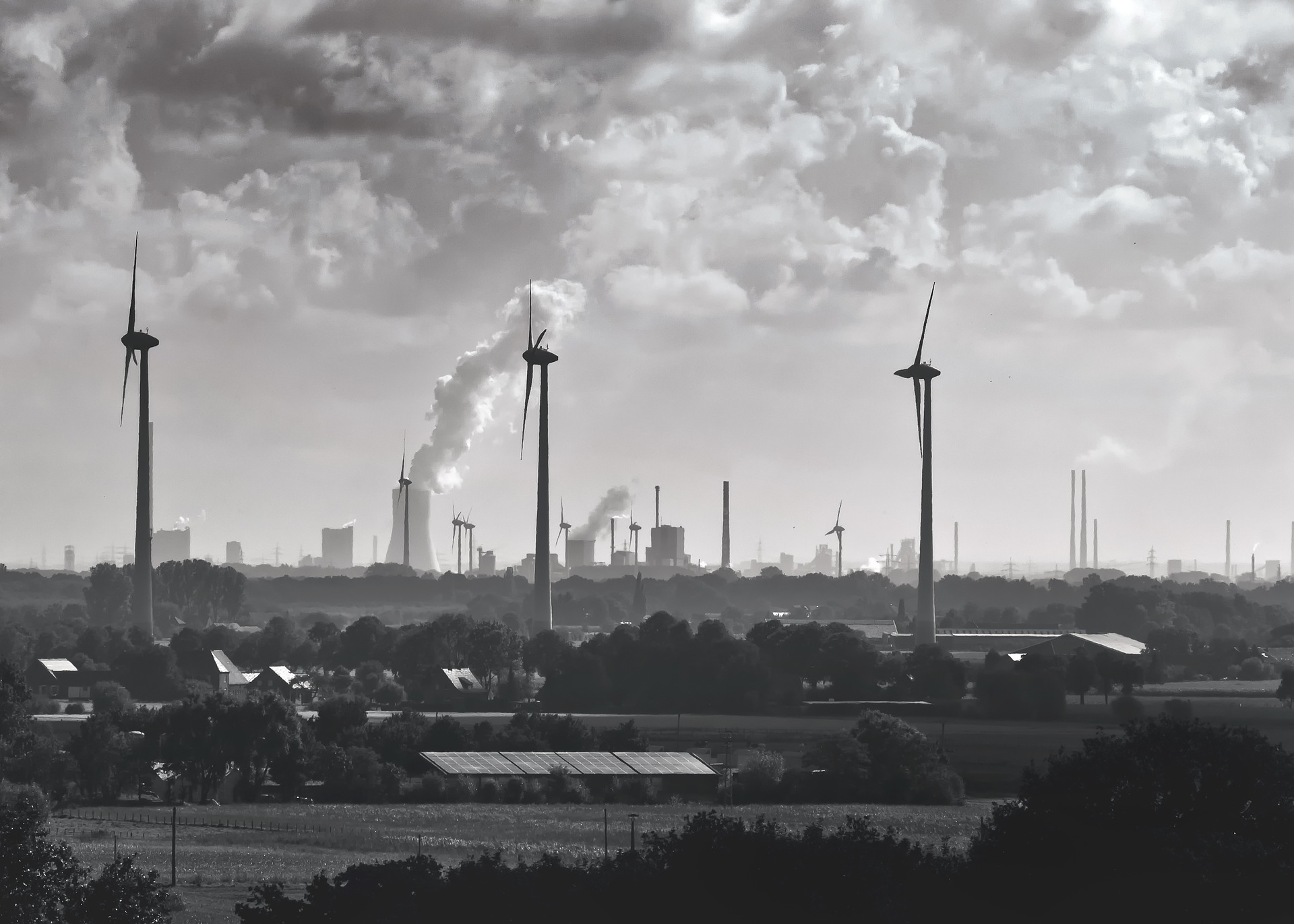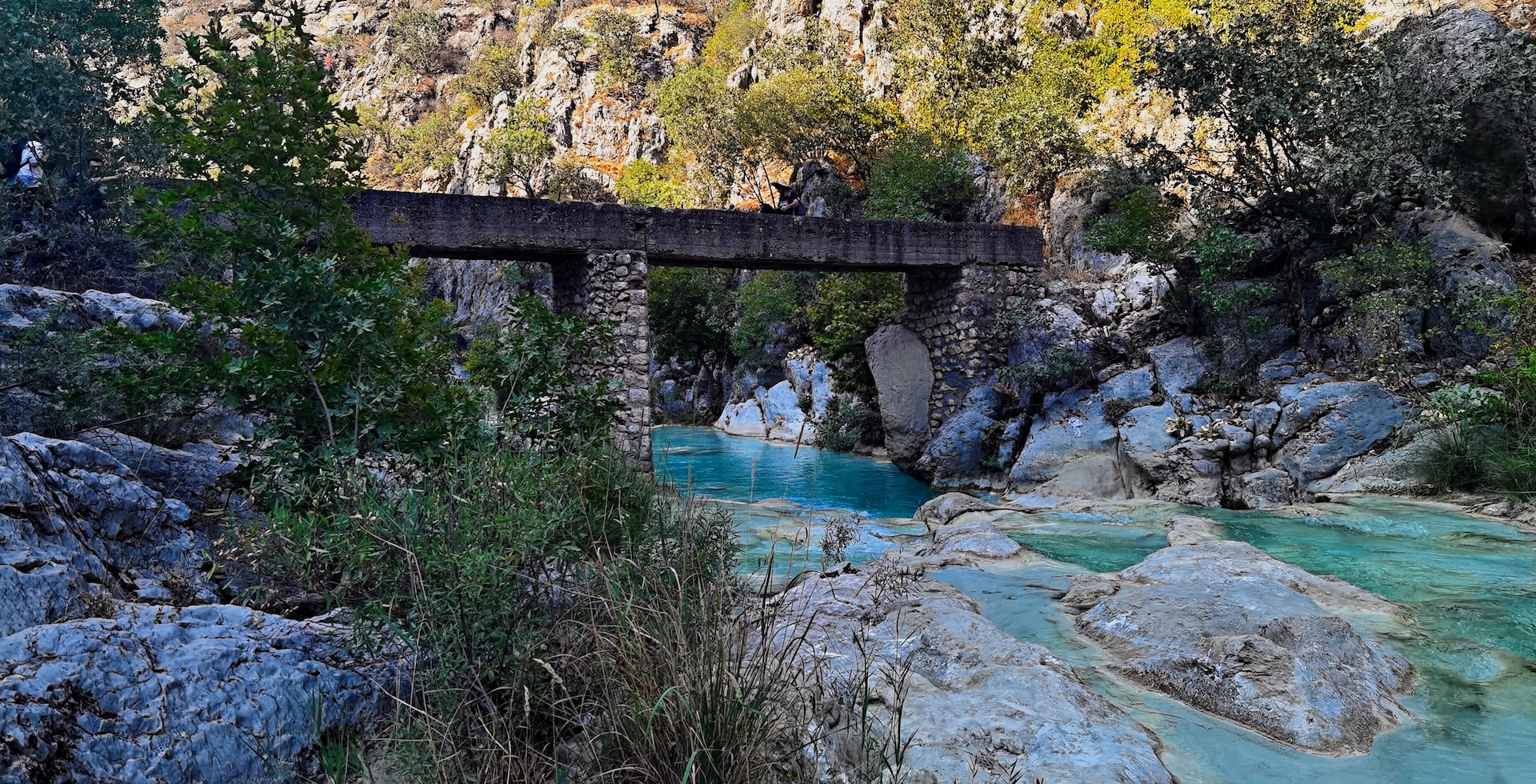The current net zero concept originates from a single “clunky and jargon-filled” sentence written in the 2018 IPCC report: “In model pathways with no or limited overshoot of 1.5°C, global net anthropogenic CO2 emissions decline by about 45% from 2010 levels by 2030, reaching net zero around 2050.”
The impact of this sentence has been dramatic. “The portion of the report outlining the 2050 timeline was just a single sentence, and yet very few corners of the world have remained unaffected by it,” notes Bloomberg reporter Eric Roston. Indeed, the sentence that set countries on a path to a 1.5°C limit in average global warming is gaining recognition as one of the most influential bits of text in human history. “The sentence that gave birth to net zero carbon by 2050: not poetry, not all men are created equal. But changing the world economy” tweets energy historian Daniel Yergin, adding that “It has provided an incredibly powerful traffic signal to tell you where things are going.”
Jargon-filled clunker…this sentence may turn out most influential in history https://t.co/FIiRCbePfQ via @business The sentence that gave birth to "net zero carbon by 2050". Not poetry, not "all men are created equal".But changing world economy. @EricRoston @business @climate
— Daniel Yergin (@DanielYergin) February 10, 2021
“Net-zero is a powerful concept but it has to be understood as a systemic concept, related to the fact that temperatures will stop increasing once global CO2 emissions reach zero,” says Massimo Tavoni, director of the CMCC European Institute on Economics and the Environment.
Applying a global target to single economic sectors, or even to single companies, is a stretch. “A few sectors, such as agriculture and aviation, will never stop emitting completely because they just can’t do it. So, removing CO2 from the atmosphere will be necessary to compensate for unabatable emissions, and also for undoing excessive carbon put in the atmosphere,” Tavoni says.
The concept of net zero may even be harmful for emissions reductions. This is because it allows actors to defer present-day emissions reductions by relying on future, unproven technological fixes.
“The technologies to remove CO2 from the atmosphere exist but not at scale. They are expensive and come with environmental impacts and social inequalities. However, in order to deal with the inevitable climate overshoot, these technologies will be more and more important. They need proper institutional frameworks,” Tavoni explains.
CDR technologies
Carbon Capture, Utilisation and Storage (CCUS) includes processes that capture CO2 and either permanently store it or use it for producing goods. If the CO2 captured comes from fossil fuels and there is no leakage, CCS results in zero emissions.
In order to lead to negative emissions, CCUS needs to be applied to carbon-free sources such as biomass or directly to CO2 captured from the air. This results in Carbon Dioxide Removal (CDR), which refers to processes and technologies that remove CO2 from the atmosphere, resulting in negative emissions.
Although CDR often relies on CCUS it doesn’t necessarily need to. For example, by planting new forests CO2 is absorbed (whereas avoiding deforestation reduces emissions but doesn’t lead to a negative balance).
“Today, the cost of CO2 removal with traditional technology such as renewable energy and electrification is below 50-100 USD per metric ton. Depending on the process type, carbon capture costs much more. CO2 removal from air is ten times more expensive. Lowering the cost per ton while ensuring CO2 removals are real, is critical to ensuring the industry is economically viable,” Tavoni says.
CO2 is today primarily used in the fertiliser industry and for enhanced oil recovery. New uses such as producing CO2-based synthetic fuels, chemicals and building aggregates are gaining momentum. CCUS deployment has trailed behind expectations in the past, but momentum has grown substantially in recent years, with over 500 projects in various stages of development across the CCUS value chain.
Since January 2022, project developers have announced ambitions for around 50 new capture facilities to be operational by 2030, capturing around 125 Mt CO2 per year.
Nevertheless, even at such a level, CCUS deployment would remain substantially below (around a third) the 1.2 Gt CO2 per year that is required in the Net Zero Emissions by 2050 scenario.

Direct air capture (DAC) technologies extract CO2 directly from the atmosphere at any location, unlike carbon capture which is generally carried out at the point of emissions, such as a steel plant. The CO2 can be permanently stored in deep geological formations or used for a variety of applications. Capturing CO2 from the air is the most expensive application of carbon capture. The CO2 in the atmosphere is much more diluted than in, for example, flue gas from a power station or a cement plant. This contributes to DAC’s higher energy needs and costs relative to these applications.
Other approaches
Other options look at our soil and seas. The world’s oceans are an important part of the global carbon cycle, having already absorbed one-quarter of anthropogenic carbon emissions, however, at the expense of surface ocean acidity, which has increased around 30% since the Industrial Revolution, affecting marine ecosystems.
Ocean liming can address, at least partly, both the need for CO2 removal and ocean acidification. Calcium ions are typically introduced to seawater through the dissolution of powders containing calcium oxide or calcium hydroxide. This results in an increase in alkalinity, thus also increasing seawater’s CO2 buffering capacity and therefore atmospheric CO2 is taken up and mainly stored as dissolved bicarbonate ions.
Soil-based carbon sequestration can help fight climate change too. Scientists have estimated that soils – mostly, agricultural ones – could sequester over a billion additional tons of carbon each year. Cropland, which takes up 10% of the Earth’s land, is a major target for soil-based carbon sequestration. Farmers can add more carbon to agricultural soils by planting certain kinds of crops.
However, soil sequestration cannot take carbon out of the atmosphere as fast as we are currently adding to it: to stop global warming, these efforts to store carbon must be coupled with drastic cuts in greenhouse gas emissions. Finally, forest-based mitigation activities can reduce emissions too by sequestering carbon in forest ecosystems, retaining carbon in wood products and avoiding emissions through improved management and material for energy substitution. Assessing the actual input and output of carbon remains fraught with complexity.






